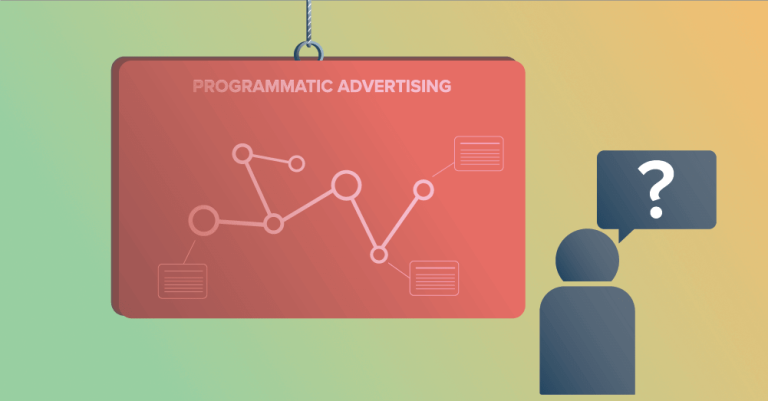Programmatic advertising encompasses various media, including online ads, video, digital out-of-home, voice, and TV. As defined by the Display Trading Council, the definition of programmatic advertising is the automation of buying and selling media. It had come a long way from when a marketer had to buy remnant inventory and manually manage the process. Nowadays, programmatic advertising is as sophisticated as traditional advertising but remains relatively inexpensive.
Real-time bidding
In recent years, real-time bidding in programmatic advertising has increased at an unimaginable rate. But this growth has been at the expense of the inventory quality available to marketers. Many companies report that ad fraud affects as much as 50% of digital ad impressions. While the practice of programmatic advertising may seem like a great boon to marketers, it is far from foolproof.
Ads that appeal to a large audience segment and don’t change depending on content may benefit from real-time bidding. However, if you’re running a campaign that needs to be targeted, then you can tighten campaign parameters to reduce the likelihood of misplacements. Real-time bidding pulls data from the site, page, and user analytics. This information is then passed onto the ad exchange, which is shared with advertisers and publishers.
Unreserved inventory
There are two main types of advertising in programmatic advertising: reserved and unreserved. Reserved inventory is sold at a fixed price, while unreserved inventory is not guaranteed or auctioned. In either case, advertisers receive a first look at the inventory. Next, a Deal ID is issued to the buyer in both types of inventory. This ID identifies the advertiser, which then bids on the inventory.
Reserved inventory is the most expensive form of advertising. The price per impression is fixed, and the advertiser must buy a certain number of impressions for that price. On the other hand, guaranteed inventory does not involve a fixed price. Advertisers who opt for guaranteed inventory will agree to pay a predetermined price. The process of bidding is automated. The advertiser’s DSP connects directly to the publisher’s ad server.
Third-party data
The key to maximizing the effectiveness of your advertising campaign with programmatic advertising is to understand how 3rd-party data is used. These data are collected from some sources and then aggregated into audience segments. Data management platforms then organize this information into audiences and groups. Finally, advertisers purchase this data to reach their target audience. The types of 3rd-party data that advertisers can use to optimize their advertising campaigns vary.
First-party data, also known as declared data, comes from an organization or third party. The data is voluntary and is usually derived from web behavior and interpreted by the marketer for better targeting. On the other hand, second-party data is collected directly from the audience and is deemed more accurate by the seller. However, data owners must find and negotiate with these companies to ensure the data is reliable.
Cost-effectiveness
One of the key challenges in the industry is the lack of transparency in programmatic costs. Programmatic advertising, however, allows for audience-based media buying at scale. But the process comes with some serious costs. Despite its high-tech features, big advertisers are moving programmatic in-house. Why? It is because programmatic advertising offers high-quality audience targeting. Plus, the real-time reporting and data programmatic exchanges allow advertisers to optimize their campaigns accordingly.
CPMs for programmatic advertising is generally much lower than those for direct buys. Since programmatic ads offer unprecedented targeting, the cost of such ads is much lower than that of direct buys. Cost-effective programmatic advertising is generally sold on a CPM, CPC, CPA, or CTC basis. Although most of these ads are sold on a CPM basis, they can be bought for higher or lower prices depending on their quality.
Targeting
In recent years, programmatic advertising has experienced a significant investment boom. Often used in combination with other marketing technologies, like marketing automation platforms and CRM, programmatic advertising can streamline marketing budgets and efforts. If your business isn’t yet using programmatic advertising, now is the time to learn more about this technique. We offer a range of marketing services and technologies to help you leverage the power of programmatic advertising. Use data to understand your target audience. Adding data about a user’s preferences increases your chances of reaching the right audience. If you use data about a user’s interests, purchasing behaviors, and interests, you can tailor your advertising to their preferences. You can also target your ads based on demographic data. With so many data points available, you can target users based on their interests, income, and more. The true value of targeting, though, lies in the real-time analysis of data and audience segments. It allows you to determine which elements are working and which aren’t.

